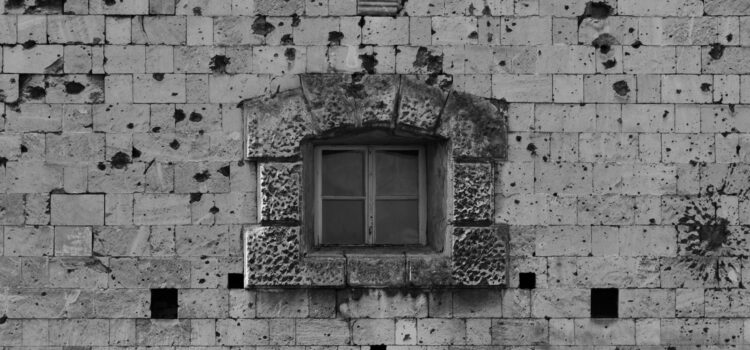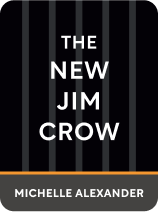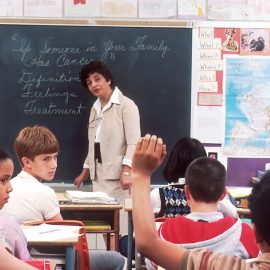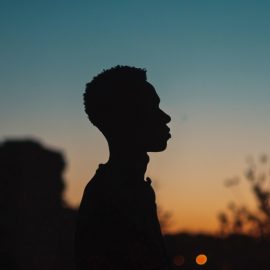

This article is an excerpt from the Shortform summary of "The New Jim Crow" by Michelle Alexander. Shortform has the world's best summaries of books you should be reading.
Like this article? Sign up for a free trial here .
What is the black incarceration rate? How does black incarceration contribute to the New Jim Crow system in the US?
Black incarceration is statistically disproportionate to the Black population in the US. According to The New Jim Crow, the mass incarceration of blacks creates a racial caste system.
Read on to see how race-based biases contribute to the issue of black incarceration.
Black Incarceration for Drug Crimes Is Disproportionately Higher
First, the numbers. Data show that the percentage of illegal drug use is roughly the same between white and black populations. And, because white people far outnumber other ethnicities (roughly 75% white to 25% minority), there are far more white drug users than black drug users. Other data show that white youth may possibly use illegal drugs at greater rates than black youth.
However, black arrests far outnumber white arrests for crime. Between 1983 and 2000, the rate of growth of prison admissions for black and Latino was 3x that of white admissions. 75% of all people imprisoned for drug offenses have been black or Latino (again, despite the percentage of drug users being similar between white and black populations).
And these rates are not explainable by differences in violent crime, which occur too low of a rate to explain the growth in incarceration. Homicides account for 0.4% of the past decade’s growth in prisoner population, compared to 61% attributable to drug offenders. (Deceptively, because violent offenders receive longer sentences, they appear to make up a greater % of prison population, but by count of admissions, drug offenses outnumber violent crime.)
Therefore, unlike what the media may present, higher rates of drug use are not to blame for increased rates of black arrests. The black incarceration rate is statistically disproportionate.
What, then, is to blame? Alexander argues it’s primarily granting discretion for law enforcement in who to arrest, fueled by conscious and unconscious racial bias.
Racial Biases in Arrests
Drug enforcement faces some oddities in prosecution, compared to other crimes: 1) drug use is consensual, and so unlike robberies or murders, drug crime is not usually reported, 2) drug use is widespread, and law enforcement can’t possibly identify and detain every drug criminal, for reasons of resource constraints and politics.
So the criminal justice system faces a question – if we are to wage this war, how can we get the most success? And given that incentives push toward number of arrests and convictions, how do we maximize these metrics?
The answer, it seems, was to use the flexibility of discretion in ways that heavily disadvantaged black people, creating a higher black incarceration rate.
A combination of social, media, legal, and police forces combined to produce heavy racial biases.
Media Biases
The media supported the idea of crack being the predominant drug problem, and the imagery associated crack with black people. So a public consensus formed that drug criminals were predominantly black.
This widespread bias inevitably affected law enforcement as well, especially among those who do not consciously identify as racists.
Police Procedure Biases Encourage Black Incarceration
Police concentrated drug arrests in poor urban mostly black areas, rather than wealthier white neighborhoods, where militant action might induce political backlash. This disparity is part of the system that leads to a higher percentage of black people in prison.
- This was supposedly justified by higher rates of violent crime in these neighborhoods and ease of policing open areas, but this has since been debunked – the amount of police attention focused on black areas and crack was disproportionate to the # of crime reports and hospitalizations.
- So common are drug searches that black youth may automatically “assume the position” when approached by police. It’s normal life to both.
Whites are stopped far less frequently than black people, but are more likely to have committed a crime.
- In one study, black motorists made up 17% of drivers but 70% of searches. But whites were twice as likely to be carrying illegal drugs.
- (Note this is a deceptive conclusion – because the bar for stopping a white driver was higher, they’re naturally more likely to be committing a crime. If you stopped and searched races proportionately, this rate of crime might even out).
Because of selective targeting, black people were mechanically more likely to be suspected and later convicted.
- Arrests lead to fingerprinting and entering in criminal databases, which increases likelihood of conviction and strength of punishment later. This reinforces more arrests, causing a vicious cycle (more on these later).
Legal Biases
The bar for being arrested for crack, a “black” drug, was far lower than powder cocaine, a “white” drug – 5g vs 500g, respectively, a literal 1:100 ratio. This was motivated by testimony that crack was far more addictive and dangerous to society (which has since been debunked). Clearly this makes it easier to arrest and convict a crack user than a cocaine user.
Prosecutors have immense discretion in whether to press charges, how many to press, and to dismiss a case. Analysis showed that throughout the court process, whites were far more successful than colored people and received far more lenient sentences for identical crimes. As a result, the percentage of black people in prison is higher.
- Part of the issue that leads to black incarceration is unconscious bias and differences in empathy. The same drug user might be considered a dangerous gang banger with inherent disrespect for the law, or merely a kid experimenting with drugs who had a rough childhood. This might change based on race. And everyone involved – police officers, prosecutors, judges, the public – may be subject to this bias.
During voir dire (jury selection), lawyers are able to strike jurors with peremptory challenges. Lawyers are unable to strike jurors on grounds of race.
- However, it becomes trivial to concoct non-racial reasons to remove jurors of a particular race – clothing worn, hairstyles, age, education, poverty, etc. Thus achieving an all-white jury is easy, especially because few minorities are in the jury pool.
- As explained later, aggravating this discretion is the fact that 1) black people (especially felons) are less likely to be registered voters or own cars, thus not being part of the jury pool, 2) because black people are targeted for crime, a substantial fraction of all black people have had personal indirect experience with criminal justice, which can be grounds for dismissal. The percentage of black people in prison is a cycle that reinforces itself.

———End of Preview———
Like what you just read? Read the rest of the world's best summary of Michelle Alexander's "The New Jim Crow" at Shortform .
Here's what you'll find in our full The New Jim Crow summary :
- How the US prison population increased 10x in 30 years because of harsh drug policies
- How being "tough on crime" was deeply motivated in discrimination against black people
- Why being convicted for a crime is essentially a life sentence of poverty and return to prison






